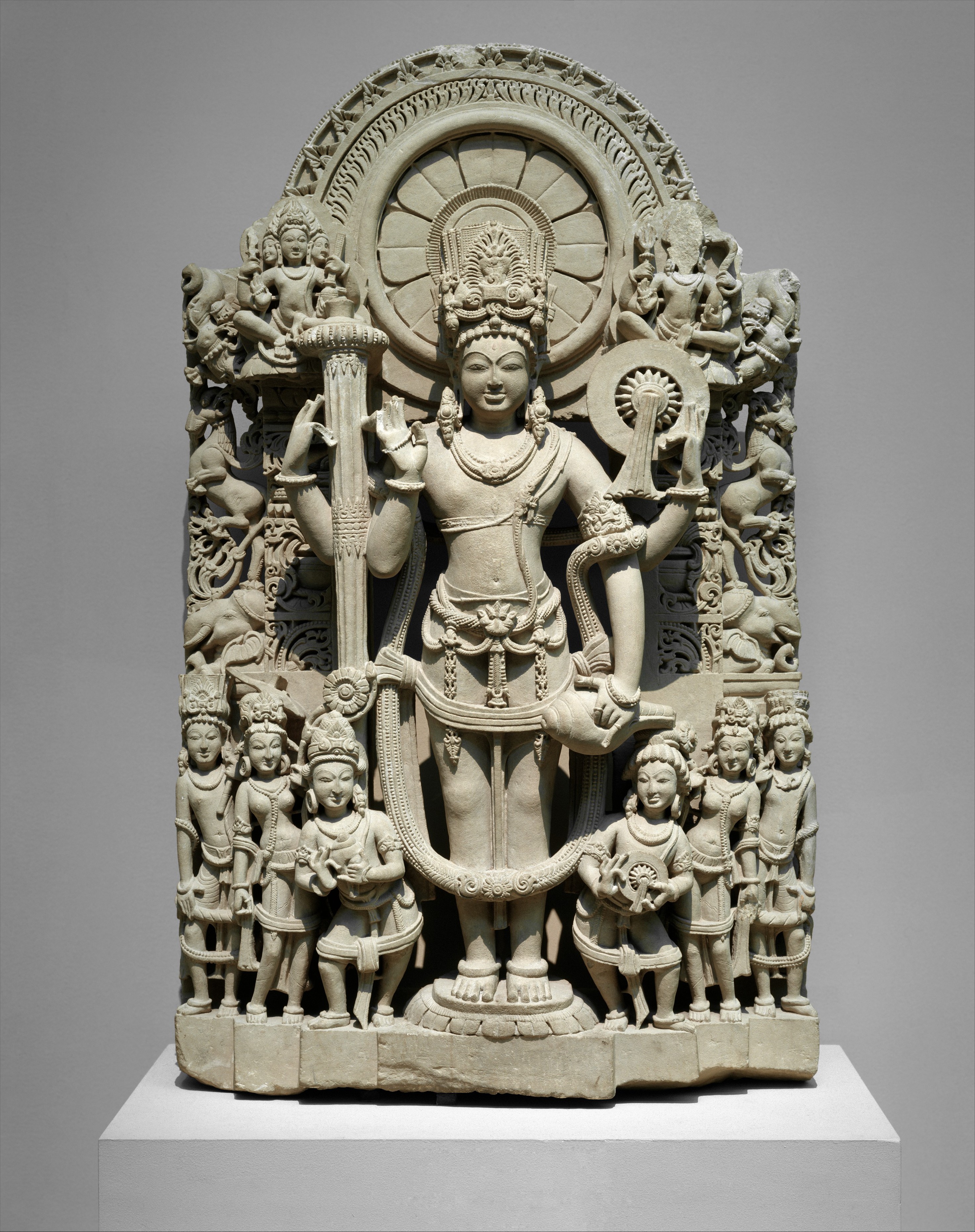When did Yoga and Vedanta traditions diverge?
Yoga, Vedanta and mantra are three unique traditions which have been popular for several centuries in India. Strangely the practitioners of any one of three traditions do not readily venture into the others. Secondly, Vedanta fans are not enthusiastic about stretching themselves on the Yoga mat. Thirdly, “OM” is the only sound which Yoga practitioners chant. They generally do not find a desire to explore the Mantras. Similarly, the Pandits too feel content with chanting the mantras. They do not have a natural inclination to master Yoga. Is this purely because of the differences in the approaches among the three traditions? Or, did a Did a cleft appear between the three tradition sometimes in the distant past. Vaishnava Yoga is an example.
Vedanta today appeals to the intellectually oriented, Yoga to the physically active and Mantra to those from a family of chanters.
One finds a clue from the history of Vaishnava Acharyas. The time o Nathamuni (few centuries before Saint Ramanuja) seems to be the end of Vaishnava Yoga. All Vaishnavas in Tamil Nadu today learn Pasurams which are compositions in Tamil by Alwars. Alwars were Vaishnava saints who lived centuries prior to the time of Nathamuni. The Alwar saints belonging to different castes. They conveyed the gist of the Vedas to the common folk in the Tamil language. Besides, they composed their Pasurams during the time of antiquity. Society went through several changes by the time of Nathamuni. Consequently, Nathamuni did not have access to many Pasurams. However, Nathamuni was an expert in Yoga discipline. He could direct his mind to “downloaded” the lost Pasurams. He revived the tradition of teaching Pasurams to his followers.

The end of Vaishnava Yoga
Nathamuni guarded the secrecy of Vaishnava Yoga techniques. This was the custom then. He reserved the secrets for the most worthy successor. He had not found a successor until the time of Yamunacharya. Sadly, Yamunacharya missed learning Vaishnava Yoga by a few days. This is an interesting incidence. Consequently, Vaishnava Yoga tradition was unavailable after Nathamuni. The most brilliant Vaishnava philosopher Ramanujar could not learn it from his Guru Yamunacharya. Unlike the Vaishnavas of South India, the followers of the Nath Sampradaya of the central and western India continued learning Yoga. The Yogis of this Sampradaya developed a complex system. The world recognizes it today as Hatha Yoga!
The text Vishnu Purana has a chapter towards the end. This chapter describes the gist of Vaishnava Yoga. The author Vishnu Purana is Rishi Parashara, the father of sage Vyasa. Yamunacharya followed a specific practice based on the principles in the VIshnu Purana. This is called Vaishnava Yoga.